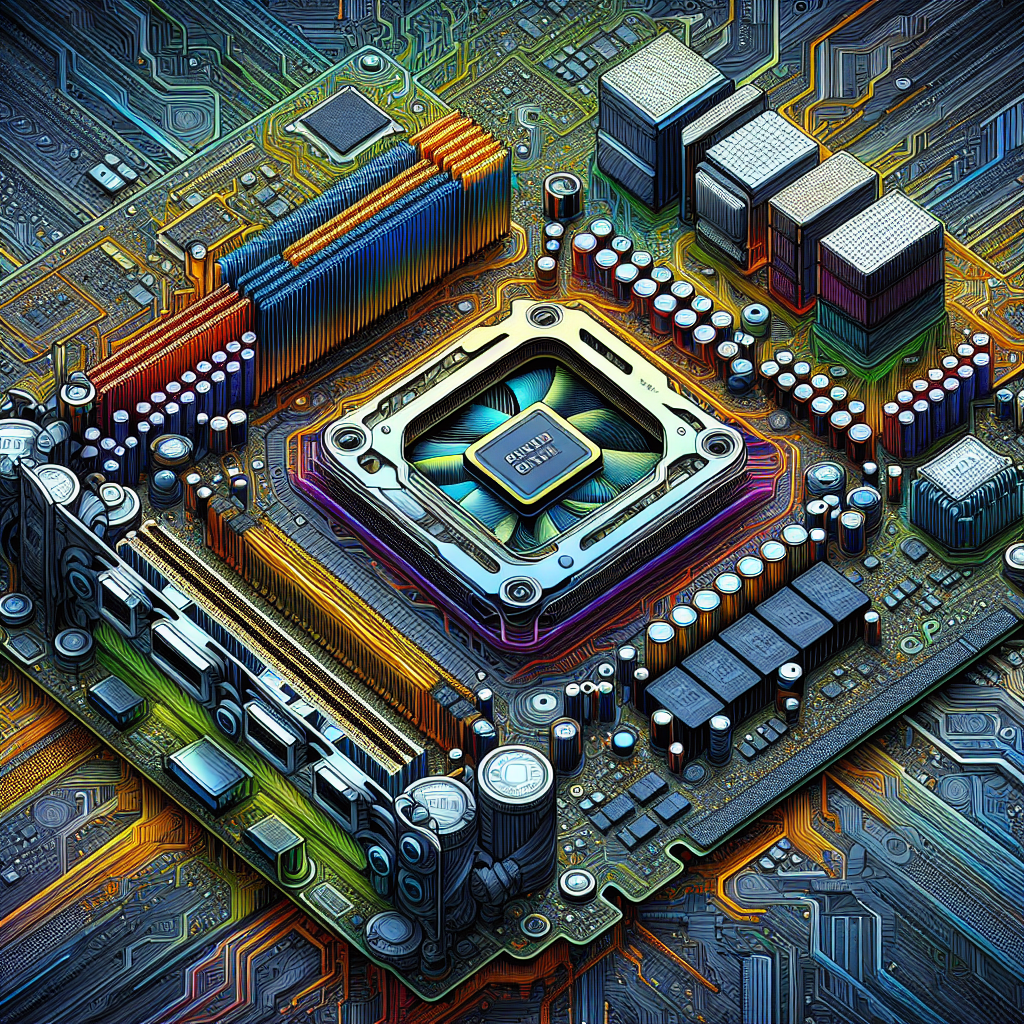Your cart is currently empty!
GPU Architecture: A Deep Dive into How Graphics Cards Work

Graphics Processing Units (GPUs) are essential components in modern computers and are responsible for rendering images and videos on displays. But have you ever wondered how these powerful devices actually work? In this article, we will take a deep dive into the architecture of GPUs and explore their inner workings.
At its core, a GPU is a specialized electronic circuit designed to quickly manipulate and alter memory to rapidly create images in a frame buffer intended for output to a display. Unlike a CPU, which is a general-purpose processor designed for handling a wide range of tasks, a GPU is specifically optimized for rendering graphics and performing complex mathematical calculations.
The architecture of a GPU consists of several key components, including:
1. Streaming Multiprocessors (SMs): These are the building blocks of a GPU and are responsible for executing parallel tasks. Each SM contains multiple CUDA cores, which are the processing units that perform the actual calculations. The more SMs a GPU has, the more parallel tasks it can handle simultaneously.
2. Memory: GPUs have their own dedicated memory, known as Video RAM (VRAM), which stores data and instructions for rendering images. This high-speed memory allows the GPU to quickly access and manipulate large amounts of data.
3. Texture Mapping Units (TMUs): These units are responsible for applying textures to 3D objects in a scene. TMUs fetch texture data from memory and apply it to the surfaces of objects to create realistic lighting and shading effects.
4. Rasterizer: The rasterizer is responsible for converting 3D objects into 2D images by determining which pixels to display on the screen. It breaks down the objects into smaller fragments and calculates their positions on the screen.
5. Render Output Units (ROPs): Once the rasterizer has determined which pixels to display, the ROPs are responsible for blending colors, performing depth testing, and outputting the final image to the display.
Overall, the architecture of a GPU is designed to efficiently process and render complex graphics in real-time. By utilizing parallel processing and specialized components, GPUs are able to handle the intense computational demands of modern games, simulations, and visualizations.
In conclusion, GPUs are powerful and complex devices that play a crucial role in modern computing. By understanding the architecture of GPUs and how they work, we can better appreciate the incredible technology that allows us to enjoy stunning graphics and immersive experiences on our computers and devices.

Leave a Reply